Doors for wet rooms: to the bathroom (bathroom and toilet)
Replacing doors in a house is a serious undertaking that requires a balanced approach. Particular attention should be paid to wet areas. Not all materials can be used there. Choosing doors for the bathroom and toilet is far from easy, since there are many nuances to consider.
The content of the article
Requirements
Doors to the bathroom and toilet are chosen not only for their appearance. It is also necessary to consider their properties. In bathrooms, high humidity is not uncommon, so moisture resistance is an important characteristic. Good wet cleaning tolerance is equally important. This is another selection criterion. Durability and reliability are also important. Properties such as sound insulation and low thermal conductivity are also important. In the bathroom, we feel comfortable at a higher temperature, and it is easier to create it with a door that has good thermal insulation properties.
There are also technical nuances. According to building standards, doors to the bathroom and toilet can be made narrower than to the living quarters. This is exactly the situation in apartment buildings. In private houses and cottages, this rule is rarely followed, and even when repairing or redevelopment of apartments often also make doorways of regular sizes.
There is also a nuance. Good ventilation is required to quickly remove humid air. It can be natural or forced (with a fan), but for it to work well in the bathroom, there must be an influx of fresh air. To open access to air, the door leaf is made 1.5-2 cm shorter, leaving a gap in the floor area. It only sounds scary, but in practice this gap is almost invisible. The second way to ensure the flow of air is special ventilation grilles that are built into the door leaf. And the third one is the air inlets in the wall. Of all the options, it is the idea with a gap near the floor that is least striking. It is also the easiest to implement at the same time.
What doors for the bathroom and toilet are
Even the most ordinary doors are put into the bathroom and toilet - wooden or paneled (wood frame with plywood inserts), painted with paint. With well-functioning ventilation, they serve well, only few people like them. Therefore, they prefer to replace them with new, more modern ones.
Wooden and veneered
Solid wood doors are undoubtedly beautiful, but also expensive. They are placed in a damp room if they are covered with a layer of varnish. In this case, manufacturers in the description usually indicate that they are "waterproof". Provided you use a good varnish and apply it competently, the coating protects against moisture and washes well. If necessary, the varnish layer can be renewed, although this operation will not be required soon.
Veneered doors are made from inexpensive low-grade wood, and then veneered with expensive wood veneers. Veneer is a thin saw cut of a tree - several millimeters thick. The presence of glue makes veneered doors not quite "natural", but at the same time protects the wood from swelling. Nevertheless, veneered doors for bathroom and toilet are not the best choice, because the veneer is not airtight, moisture penetrates into the smallest cracks, which causes the surface to warp and the veneer begins to flake off.
Not so long ago, doors trimmed with euro-strip appeared. It is a new material composed of wood and binder. Wood fibers dyed in different colors are mixed with a synthetic binder.This mixture is forced through a powerful press and comes out in the form of a belt. In appearance, the resulting material is practically indistinguishable from natural veneer, and surpasses it in performance properties. Doors finished with euro-strip are not afraid of high humidity, the coating has high mechanical strength and does not fade in the sun. You can distinguish them by touch - the coating is too smooth.
If we talk about other characteristics, it can be noted that wooden and veneered doors for bathrooms and toilets have low thermal conductivity and protect well against noise. They tolerate wet cleaning, but with a soft cloth and without aggressive detergents.
Plastic and metal-plastic
Plastic doors to the bathroom - an economy option. They are inexpensive, they are not at all afraid of water in any of its conditions, they do not deform from high humidity. Their disadvantages are that they are made from unnatural raw materials, inexpensive models have low mechanical strength. It is also worth remembering that, like doors made of wood or veneer, they cannot be “adjusted” to the desired size.
Metal-plastic doors are rarely installed in the apartment bathroom. But not because they do not fit in quality. Rather, they are not used for aesthetic reasons - their appearance is very different. If doors from other materials are installed in other rooms, it is very difficult to choose a more or less suitable color. Another deterrent is the cost. And the characteristics - better than you can imagine.
Glass
Glass is not very popular as a door, but it has good characteristics. It does not react to water and high humidity, does not rot and you can wash it as much as you like. They have one drawback - fragility, but modern technologies have overcome it - they make glass tempered, which gives it increased strength. There is also laminated glass (duplex and triplex). This is when the sheets of glass are glued with a reinforcing film.
It is possible to break a glass door leaf, but it is difficult to do it, and if it happens, the glass breaks up into many small fragments with smooth rather than sharp edges. In the case of laminated glass, the fragments hang on the film, and the tempered glass simply disintegrates into small fragments, but one should try to get hurt by such fragments. The only trouble from such an event is the need to buy a new door.
Glass doors for bathroom and toilet are made opaque. They are tinted, can be mirror-coated or stained-glass. All that can be seen through such doors is a blurred silhouette and no specifics. In general, a good option if there are no small children in the family.
Laminated and PVC
Another inexpensive option for a bathroom door is laminated with a film. The door leaf itself is made using frame technology. The frame is made of pine timber, the gaps are filled with soundproof material (the cheapest are corrugated cardboard, more expensive - polyurethane foam), then they are sheathed with laminated fiberboard or MDF. The surface of the door can be decorated like wood, it can be smooth (it is much less common).
The door leaf is light, but it does not tolerate shock loads very well. With good lamination quality, such a door to the bathroom and toilet is not afraid of moisture, and it can be washed well (with a damp soft cloth with non-aggressive liquid detergents). As long as the lamination remains intact, it looks quite decent. With intensive use, the film is erased and the appearance deteriorates noticeably.
PVC bathroom doors are made using the same technology. The only difference is that the frame is sheathed with extruded PVC. The density and strength of PVC is many times higher, so the durability is also higher.Better and performance: vinyl is not afraid of water in any form, so this is a great option for the bathroom and toilet.
Combined
When they say combined doors, they most often mean that they have inserts of a different material. And most often these are glass inserts. Glass sizes can vary greatly. This can be a narrow strip along one of the edges, or a large piece halfway up the door. Glass is also used opaque, tempered or laminated. If the glass in the model you like is too transparent, you can stick a self-adhesive stained glass or translucent film on it.
Glass inserts are made in wooden, metal-plastic and veneered doors. Less often - in MDF and almost never - in plastic. But the most interesting in design models are found in this category - more room for imagination.
Opening systems
In addition to different materials, doors for bathroom and toilet can have different types of opening. The usual option for us is swing doors. They are all good, except that when open they block a solid gap of space.
More and more popular lately sliding doors... This is when a bar is attached to the upper part of the door, rollers are attached to the door leaf, the doors roll along this bar. According to the method of mounting the guide, sliding doors are open and secret. Open - when the bar is attached to the wall from one side, and the canvas runs along the wall. With a hidden system, a niche is made in the wall, into which the door leaf enters.
The second option, when open, takes up almost no space, but during installation it requires serious intervention in the wall structure, which is not always possible. It is unlikely that it will be possible to hollow out a niche of the required size in a concrete or even brick partition. Then, in order to hide the canvas, they build a false wall of drywall.
The disadvantage of sliding doors is a more complex installation, and open systems have a low degree of sound insulation (the canvas simply hangs along the doorway, there are solid gaps). In this regard, secret systems are getting better - they have a door frame, with a groove into which the door leaf enters and a sealant in this groove. Such systems have good sound insulation, but are expensive.
Another view doors - folding... There are two types - "book" and "accordion". Book doors have a door leaf consisting of several parts. These parts are movably connected, when opened, they fold, resembling a book. Accordion doors have a similar structure, but fold in a different way: relative to the axis passing through the center. Book doors are often glass, they can be made of MDF or plastic, accordion doors are often made of plastic and they cost a little.

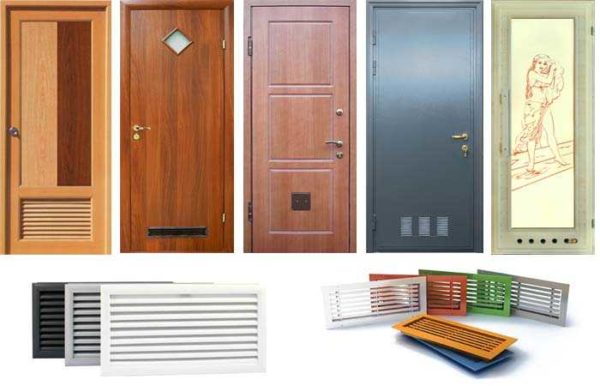
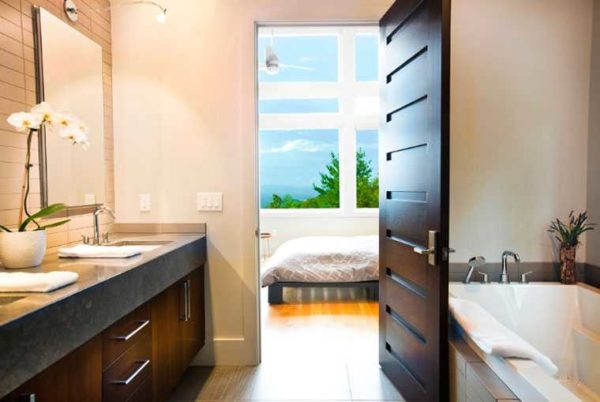
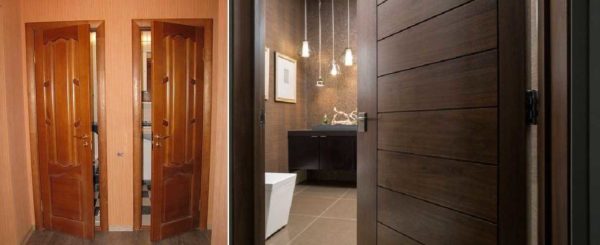
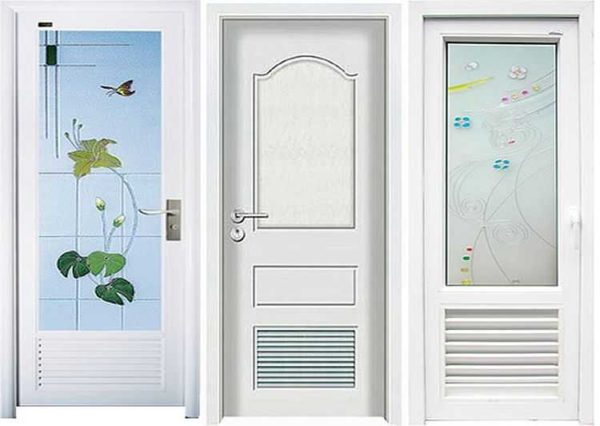
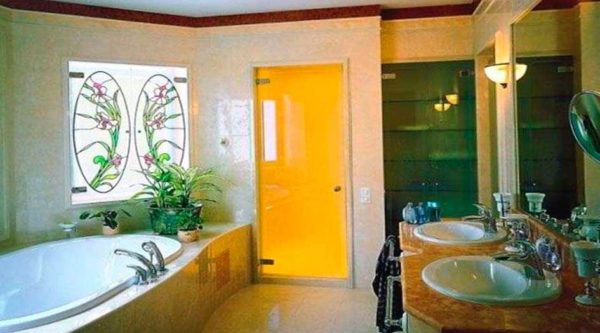
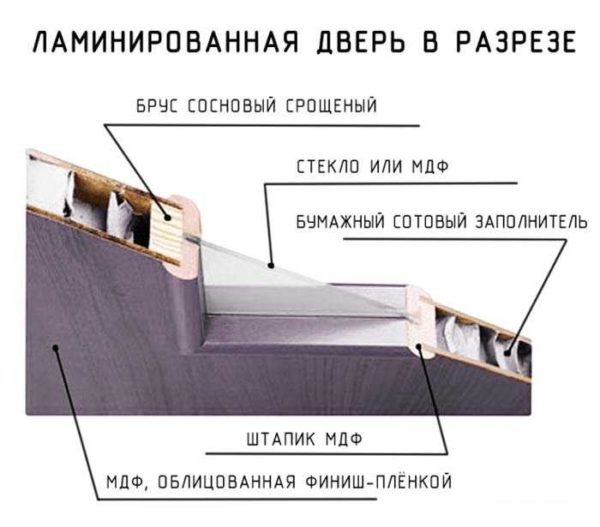
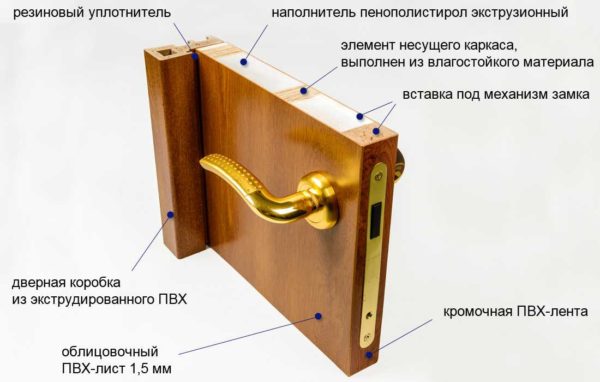
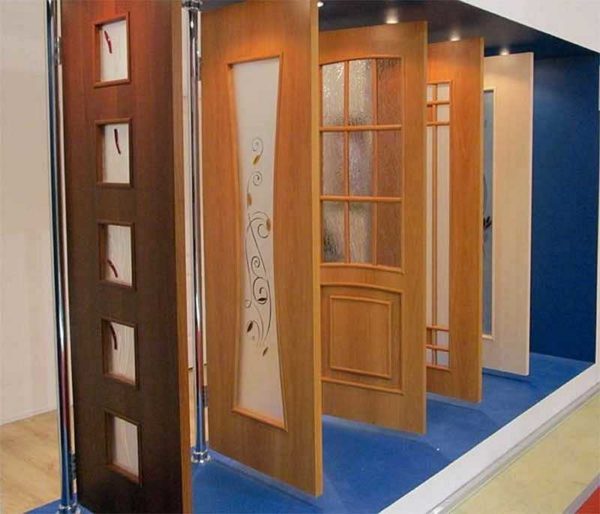
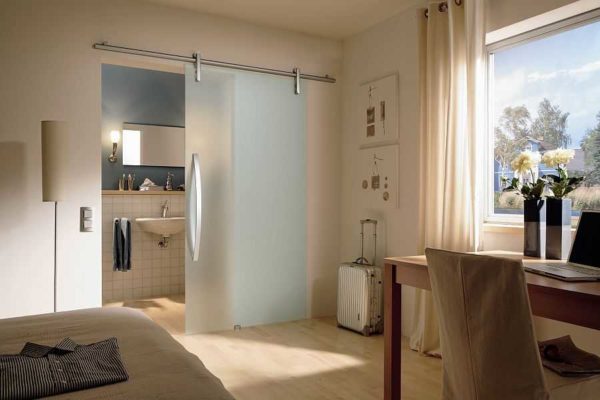
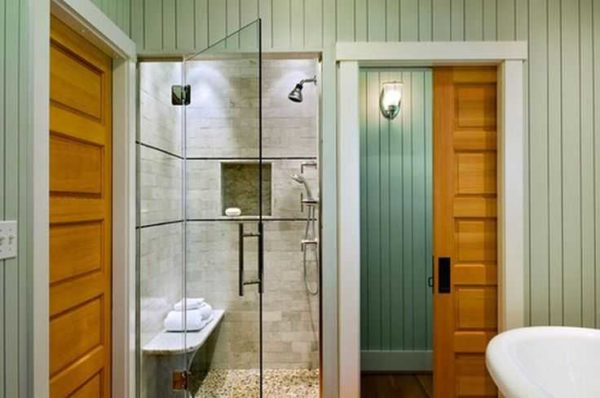
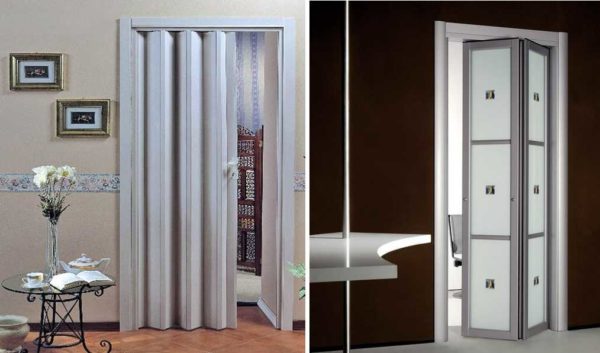
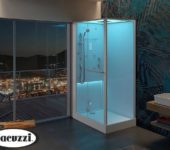
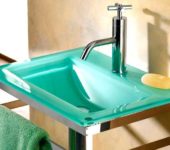
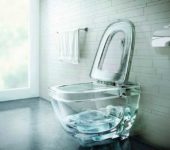
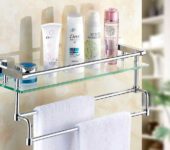
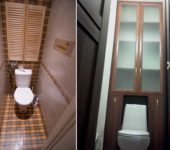





Thanks for the article, thanks to you I opted for a glass door, I bought it from ArtiDoors. I'm very happy with everything.